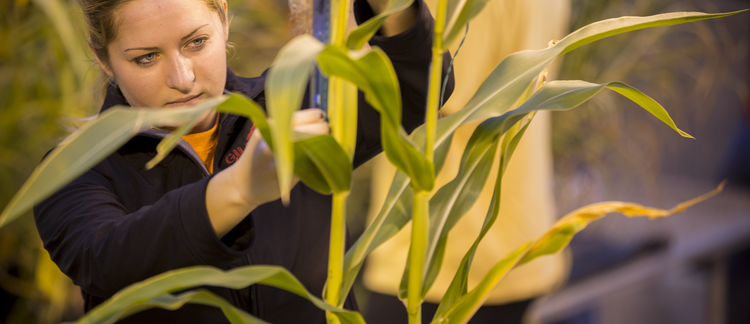Abstract
Research has consistently shown that Miscanthus × giganteus (hereafter, Miscanthus) is among the most productive biomass crop options for the Midwestern US. Although Miscanthus has been shown to be highly productive in its first few growing seasons, some reports have suggested that yields may decline over time (Arundale et al., 2014). Confirming yield decline in a perennial crop such as Miscanthus is challenging, because in most studies, stand-age is confounded with growing season making it impossible to determine if it is age, or the growing season conditions causing yield decline. As Miscanthus adoption and use continues to increase for fuel, fiber, and bioproducts, it is critical to determine stand longevity, as well as whether yield declines may be overcome through management and additional nitrogen fertilizer.
How to Cite:
Boersma, N. N., (2022) “Long-Term Assessment of Miscanthus Productivity and Sustainability (LAMPS)”, Iowa State University Research and Demonstration Farms Progress Reports 2021(1), 65–68.
Downloads:
Download PDF
View PDF
219 Views
81 Downloads

